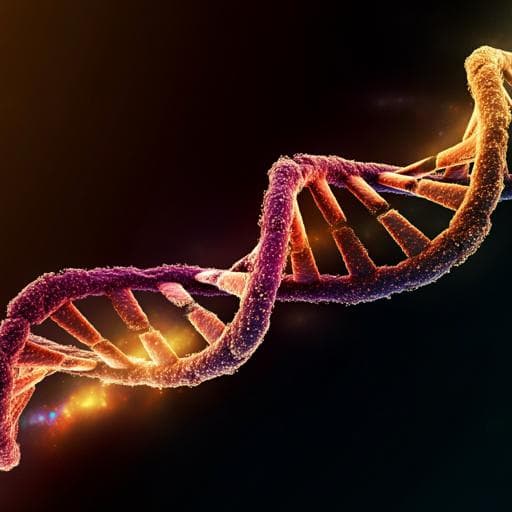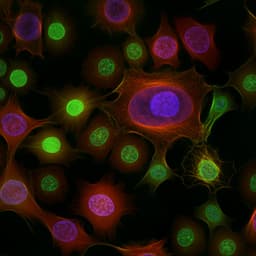
Medicine and Health
Baseline ctDNA gene alterations as a biomarker of survival after panitumumab and chemotherapy in metastatic colorectal cancer
K. Shitara, K. Muro, et al.
This groundbreaking study by Kohei Shitara and colleagues reveals how circulating tumor DNA (ctDNA) gene alterations can influence the treatment efficacy in patients with metastatic colorectal cancer. The research highlights the potential of ctDNA to guide treatment decisions, showing improved survival rates with specific therapies based on gene alteration status.
~3 min • Beginner • English
Related Publications
Explore these studies to deepen your understanding of the subject.







